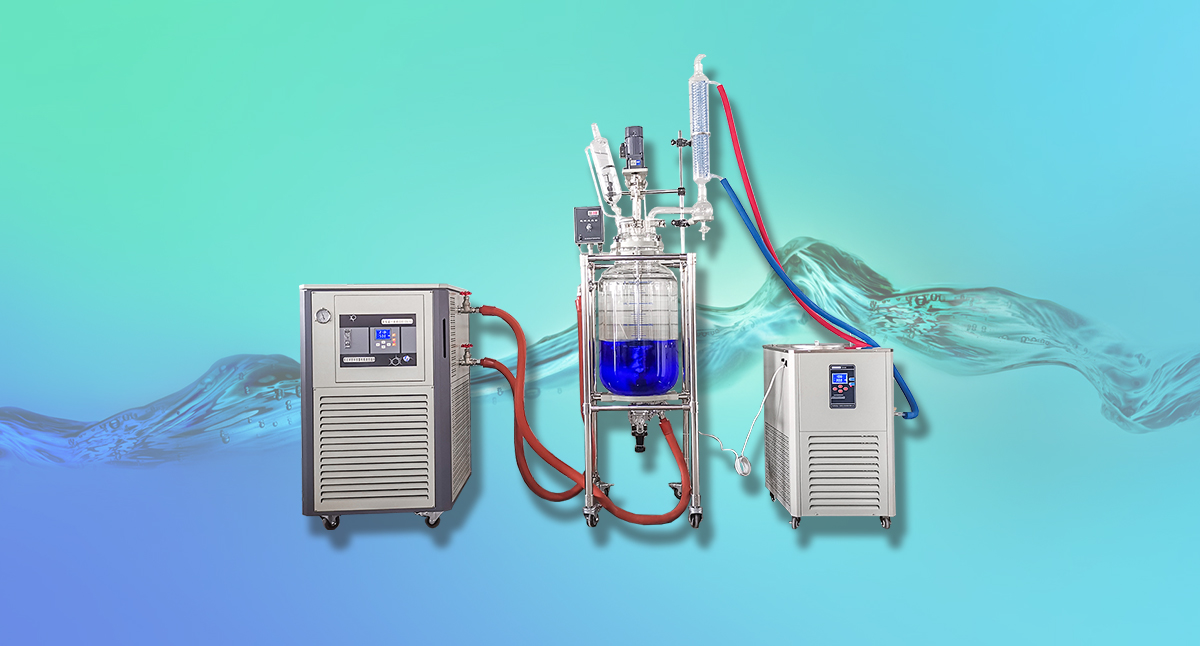When we use a double-layer glass reactor for experiments, we usually encounter materials sticking to the glass wall, which affects the effect of the experiment and is difficult to clean.

1. When the resin is tested, when the temperature and pressure are unstable, the polymerization reaction of the resin is uneven, which will easily cause the phenomenon of sticking. Therefore, the pressure and temperature should be increased slowly during the experiment to avoid the phenomenon of sticking.
2. When the temperature of the reaction liquid in the double-layer glass reactor is lower than 80 ℃, if ammonia chloride is used as the catalyst, the reaction speed will be too fast, and the pH will not be displayed. After the temperature rises, the pH value begins to drop rapidly, and the reaction is too intense, resulting in gel, thus causing stickiness.
3. During the resin experiment, urea is usually added to act as a curing agent to make the resin quickly cross-linked to form a network structure. When the sulfur and hydrochloric acid content in urea is too high, the resin may be cured in the reaction kettle.